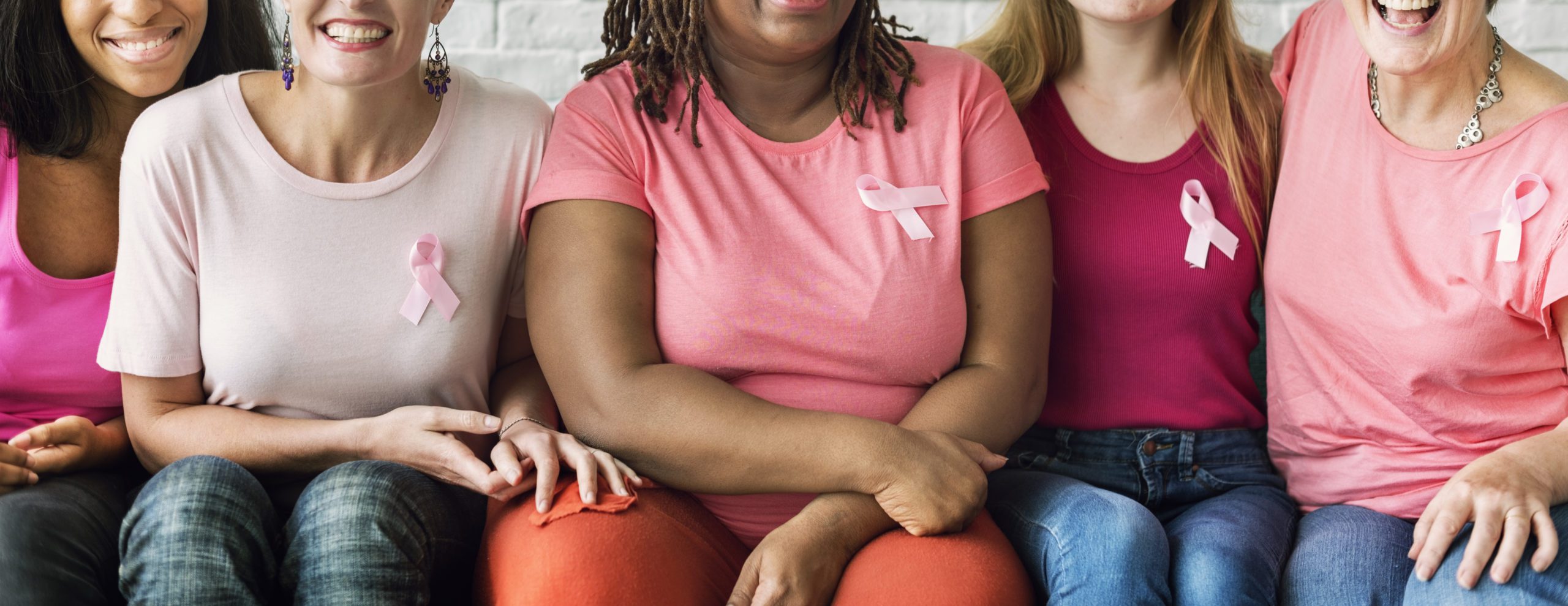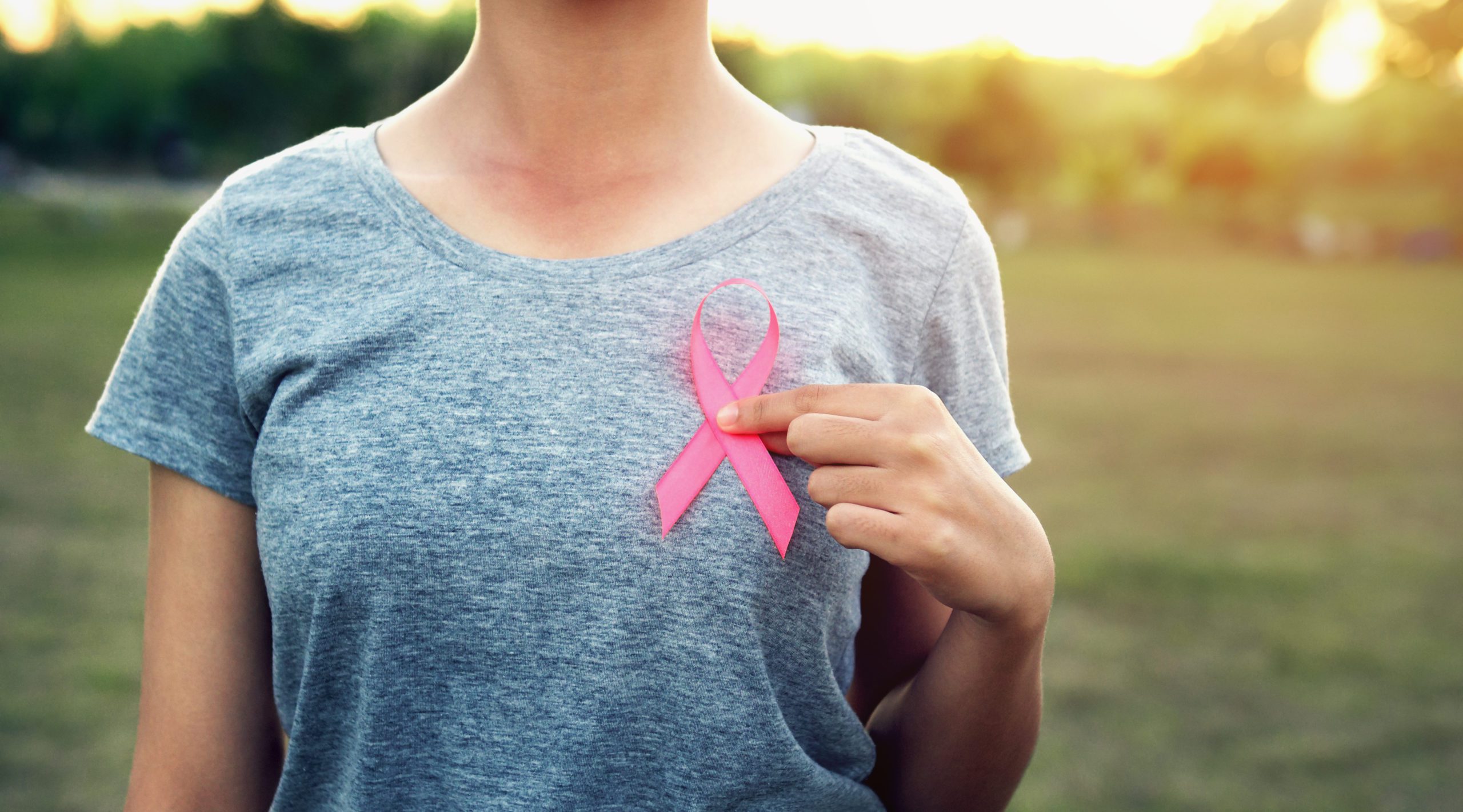Many factors can influence your breast cancer risk. And although you can’t change genetics, you can help lower your risk of breast cancer by taking care of your health. Here’s what you need to know to help your family be proactive about your breast health.
Make Dietary Changes
You’ve probably heard, “You are what you eat.” We all know that line and it also rings true for breast cancer prevention, says Erica Giblin, MD, medical director of breast care services at Ascension St. Vincent.
“General lifestyle changes are much more important in preventing breast cancer than most people know,” Giblin says. “A diet low in processed foods and sugar, as well as regular exercise, have been associated with a 20% to 25% reduction in hormone positive breast cancer risk.” The Mediterranean diet, which focuses on lean proteins and vegetables, is associated with a decreased cancer risk.
For a tip that’s easy to remember, eat the rainbow! “A diet low in fat and full of colorful, whole fruits and vegetables is the best primary cancer prevention,” says Lauren M. Harry, MD, IU Health radiologist specializing in breast radiology. Focusing on plant-based sources of protein including beans and legumes is a great way to lower your risk for breast cancer, as well as other cancers and heart disease — the leading cause of death for women in the United States. “As a bonus, it’s affordable and great for the environment.” Additionally, experts say to limit alcohol intake — or avoid it altogether — and to stop smoking for your overall health, but also to reduce your risk of developing breast cancer.

Lower Body Fat
Maintaining a healthy body weight and staying physically active is another important step to stave off breast and other cancers. This includes decreasing body fat content. “Fat makes estrogen, and we know that 80% of breast cancers feed on estrogen,” Giblin says. Lower body fat content leads to less estrogen running through the body, decreasing a person’s risk of developing breast cancer. “Both aerobic exercise, such as biking or walking, and strength exercises help decrease body fat content.”
Making daily physical activity a priority will help reduce your risk of developing breast cancer. Adults should get 150 to 300 minutes of moderate or 75 to 100 minutes of vigorous aerobic activity a week. Experts recommend you add muscle strengthening at least two days a week, as well as balance training activities. Doing these activities as a family can help your kids also learn healthy habits that they can carry into adulthood!
Consider Vitamins
Research suggests that low vitamin D levels are associated with increased breast cancer risk. “Taking vitamin D supplements can help maintain healthy levels,” Giblin says. She also warns against hormone replacement therapy, for anti-aging or other purposes, which can actually increase breast cancer risk. “There are things available other than hormones that can be used successfully to maintain good strong bones and heart health,” she says. “Women should only take hormone replacement therapy if they have symptoms that are not alleviated with other medicines.”

Early Detection
Conduct regular self breast exams a week after menstruation — this is when the breast tissue is at its best time for a reliable exam. The American College of Radiology and the Society for Breast Imaging recommend annual screening mammography beginning at age 40. “Women should get screening mammograms yearly, as long as they remain in good health,” Harry says.
Tomosynthesis, or 3-D mammography, is widely available and helps radiologists to detect subtle cancers, leading to early diagnosis and treatment. “Additionally, tomosynthesis allows breast imaging specialists to call back fewer women for additional imaging after screening mammography,” Harry adds. Multiple studies have shown that getting both a yearly mammogram and yearly MRI significantly increase the detection of breast cancer.
High-risk individuals may have a strong family history of breast cancer; genetic counseling and testing can help you learn more about your body and find out if you carry a breast cancer gene. Additionally, if you have ever had a breast biopsy that had ‘atypia’ (abnormal cells), you are considered high risk. If you are formally screened and are identified as high-risk, insurance should pay for annual breast MRI in addition to mammography. Experts recommend having a formal risk assessment and discussing options for risk modification: lifestyle changes, chemoprophylaxis and possibly surgery.
Finally, make sure the men in your life are aware that they, too, can develop breast cancer; approximately 1% of breast cancer diagnoses in the U.S. are in men. If any person feels or sees a change in breast shape or size, in the axilla (underarm area), notices nipple discharge, or just feels that something isn’t right, they should talk to their doctor.





